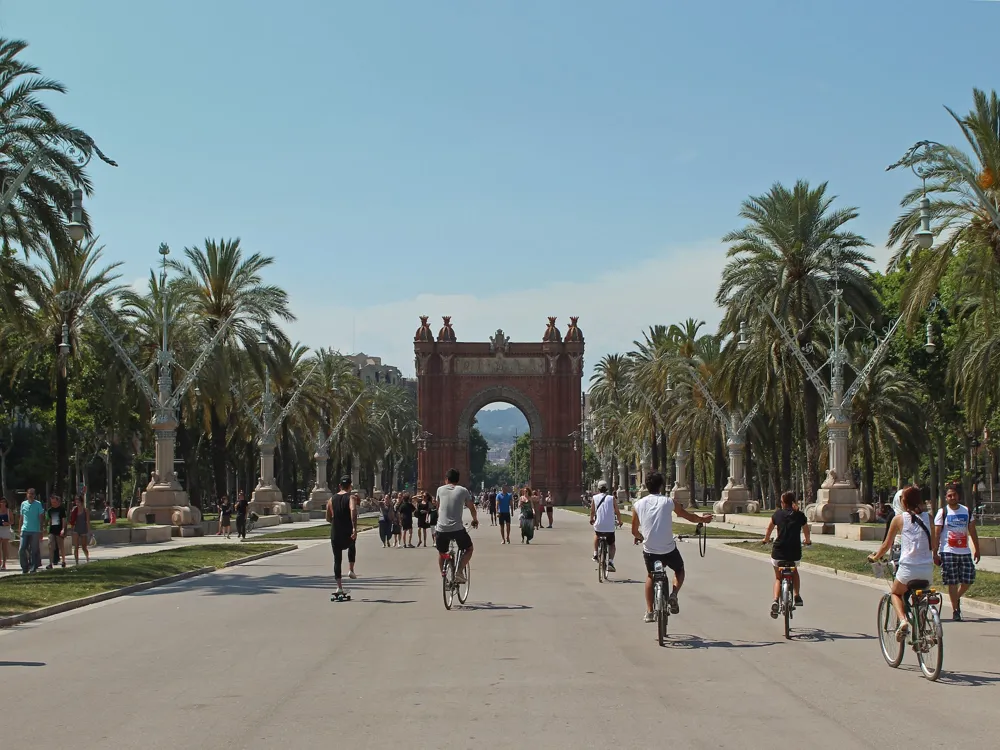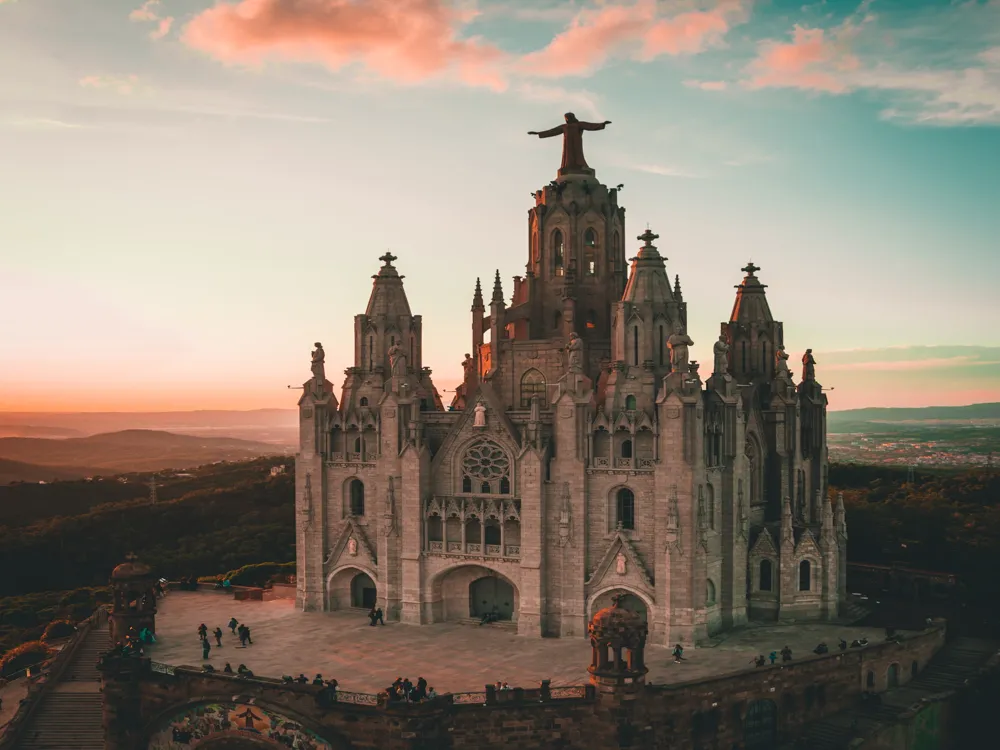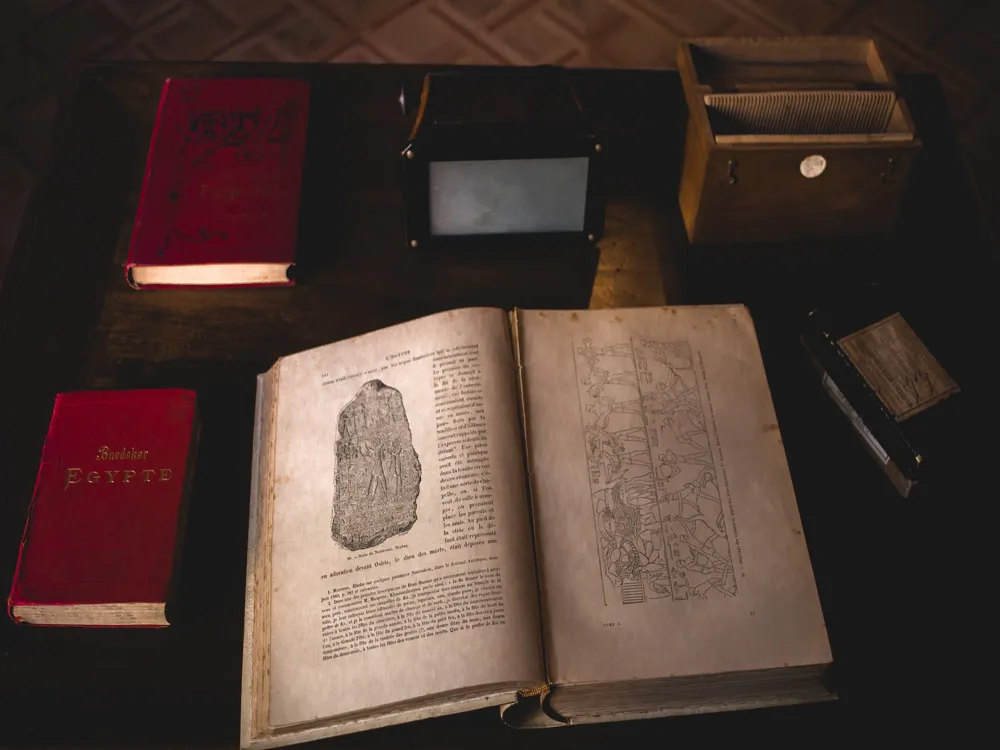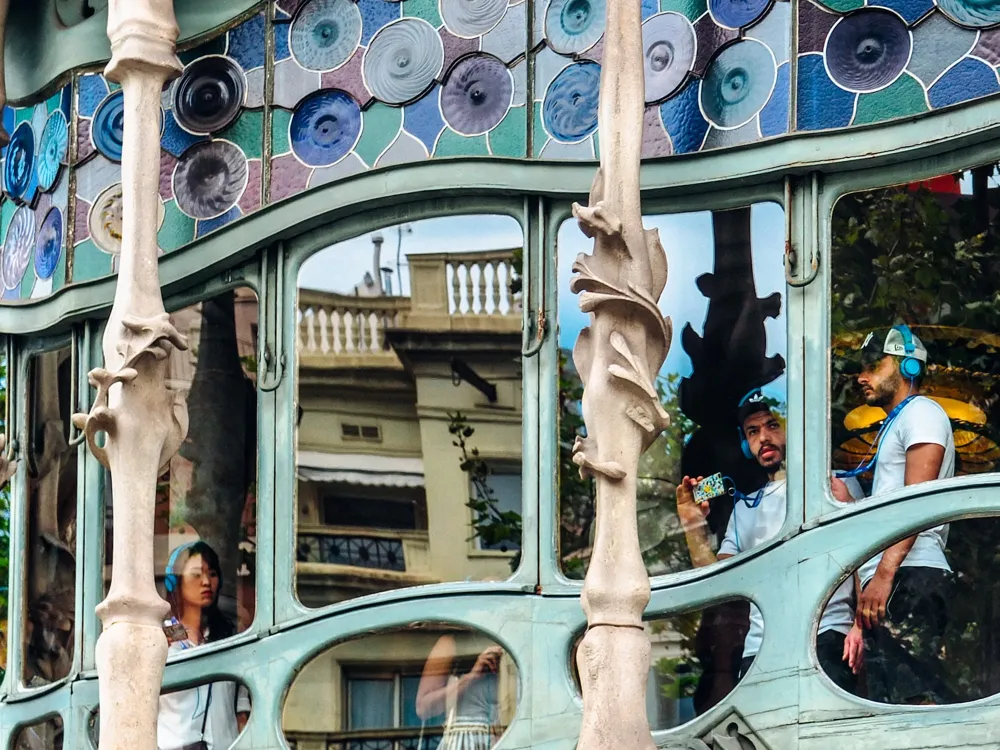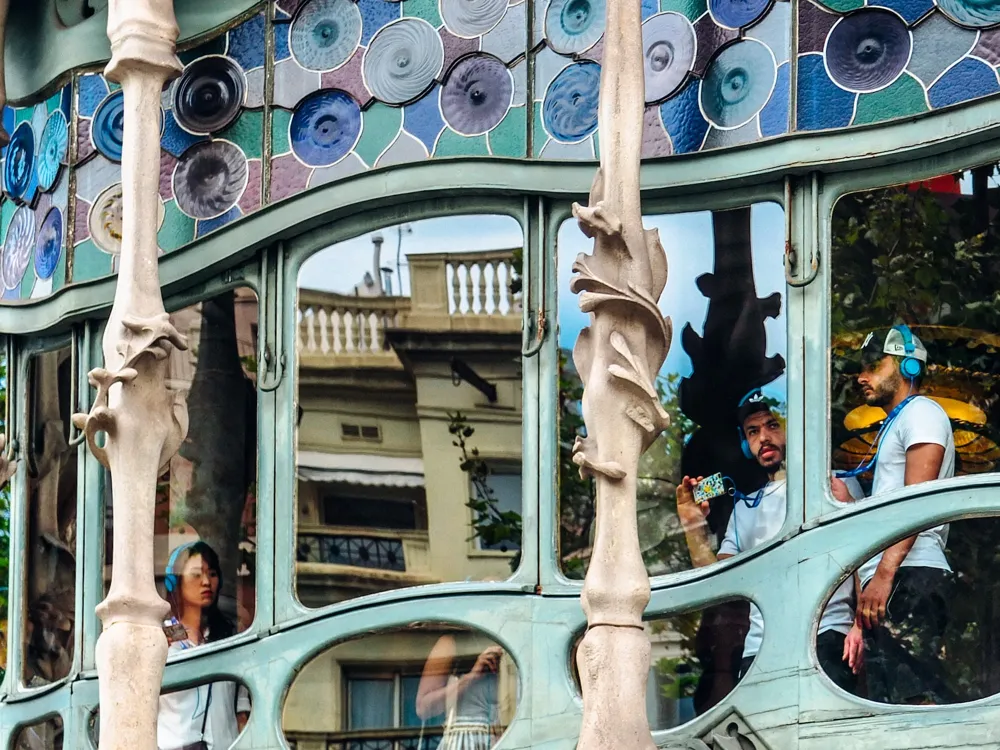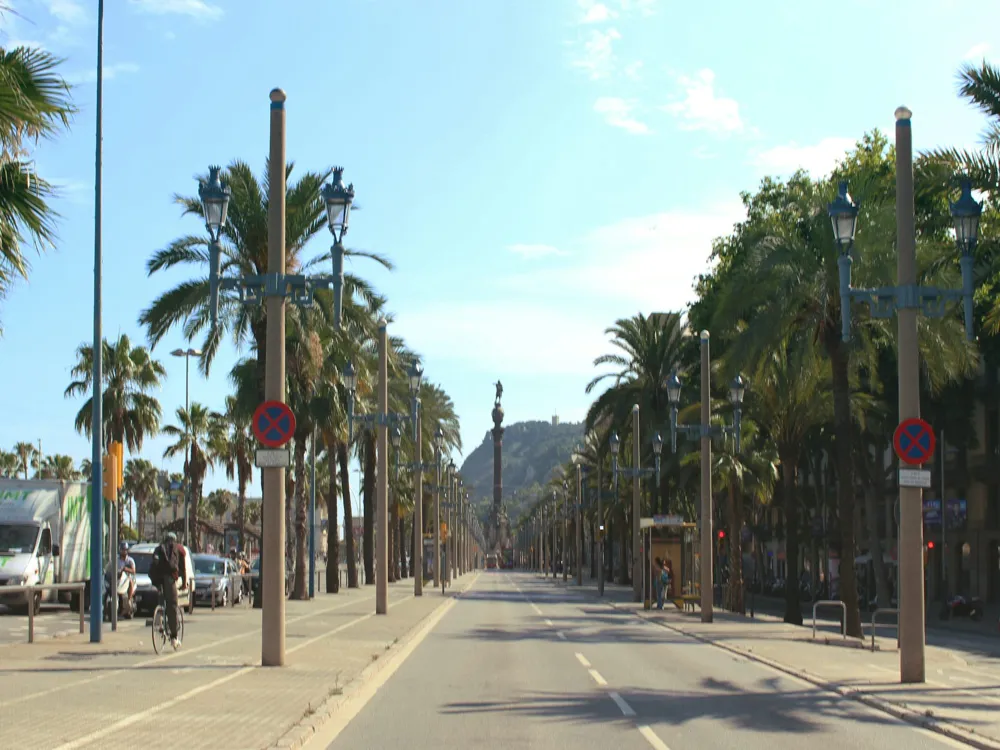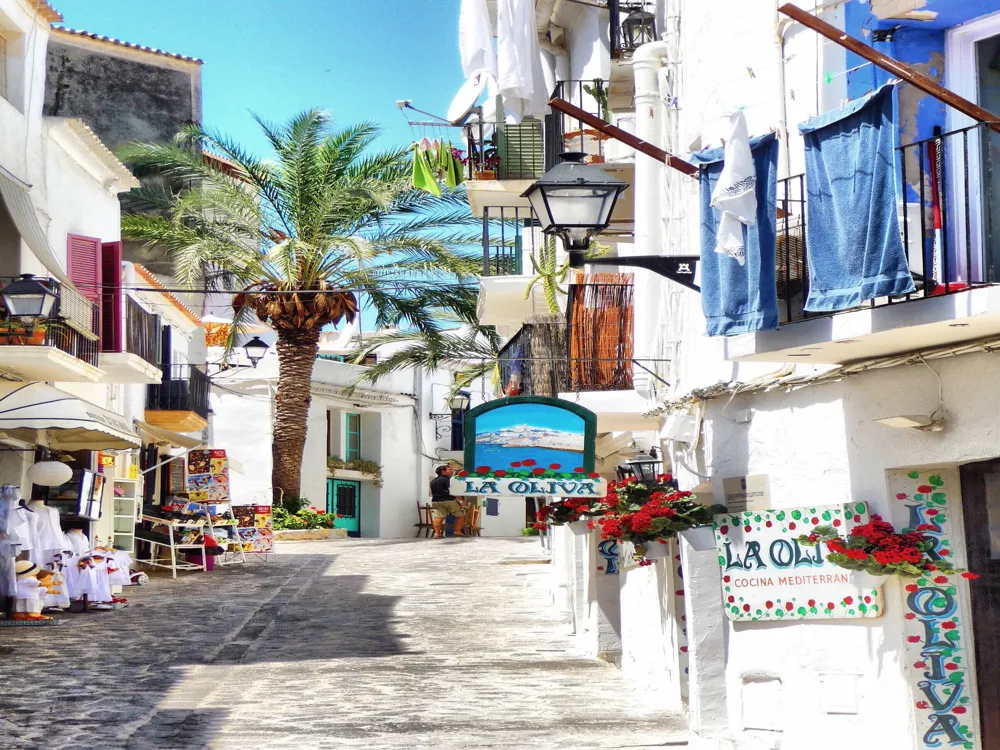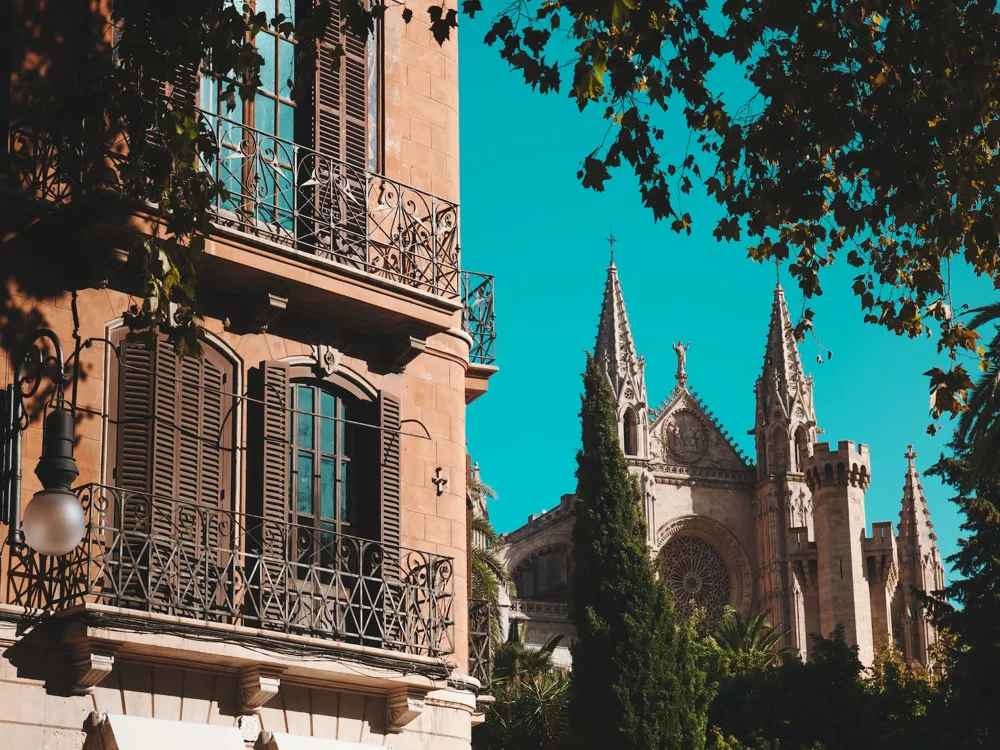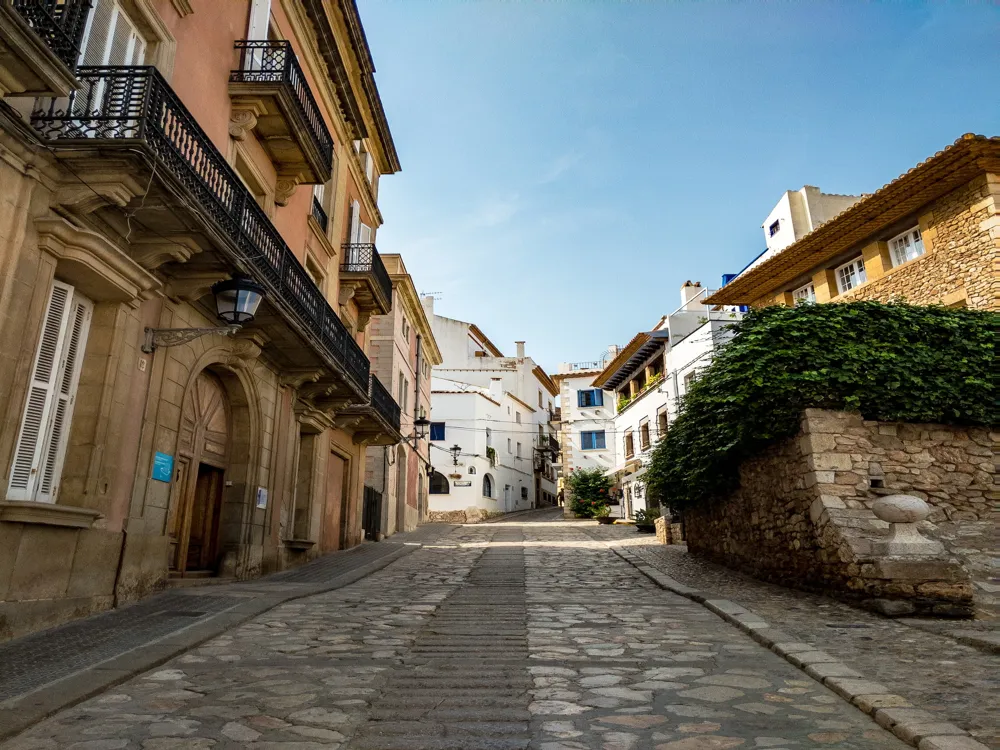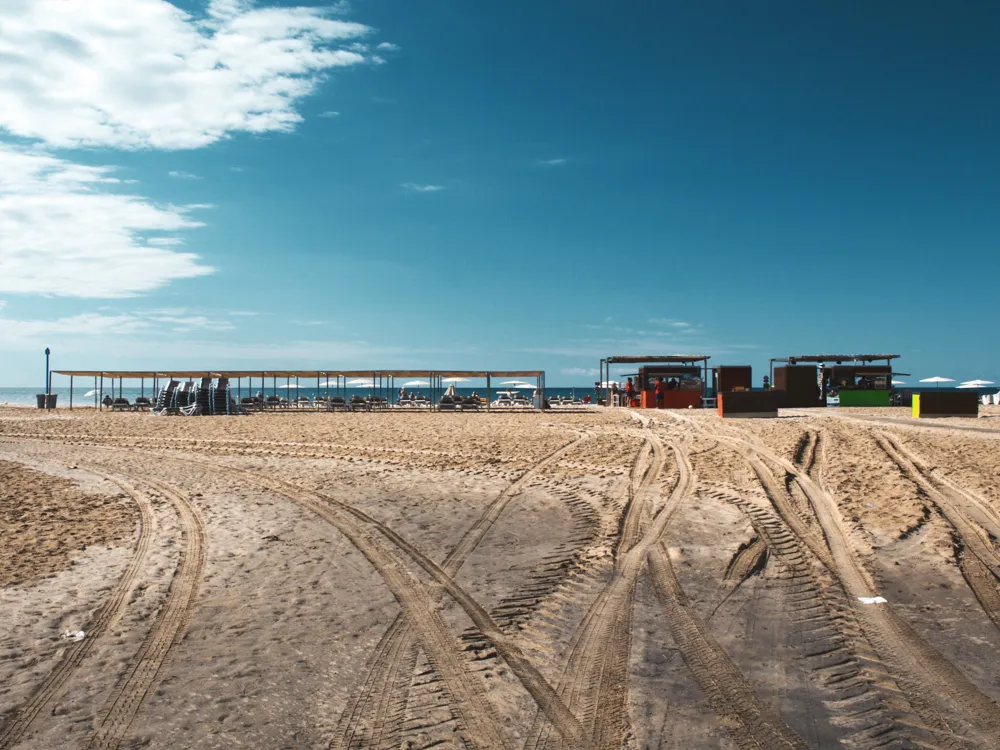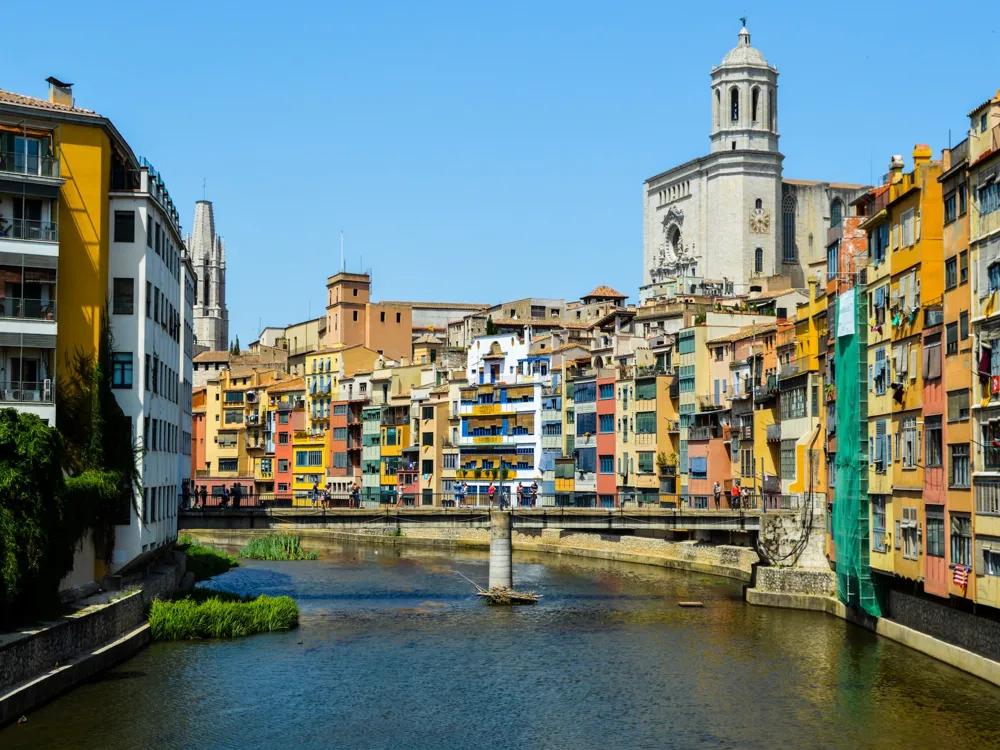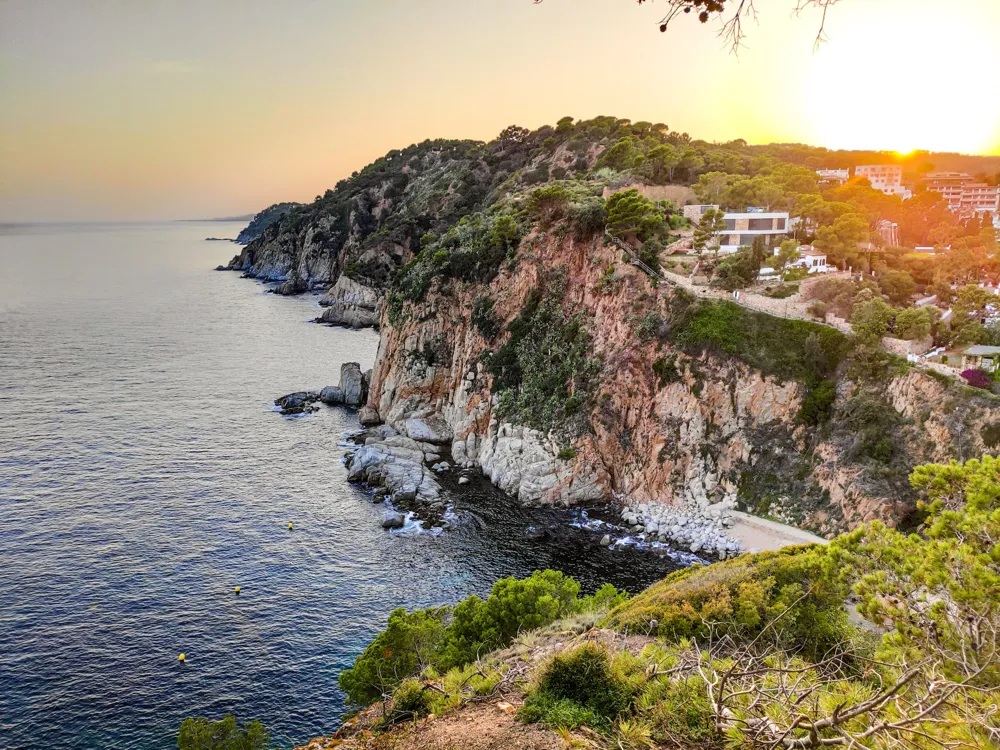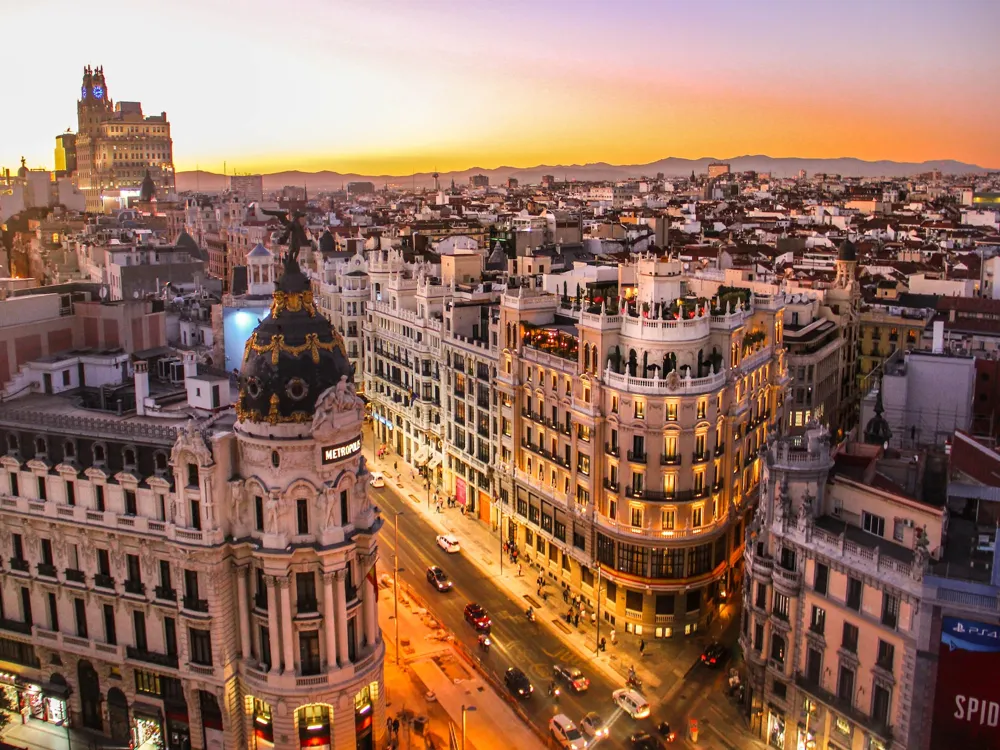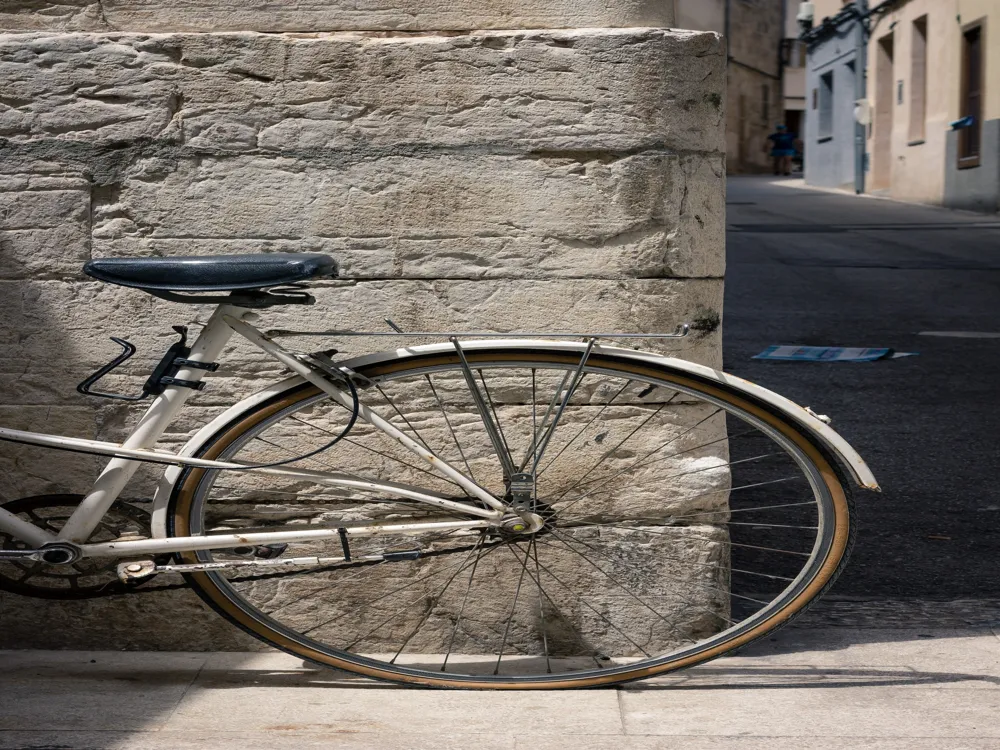The Monastery of Pedralbes, a historical beacon nestled in the heart of Barcelona, stands as a testament to the city's rich medieval history. Founded in 1327 by Queen Elisenda de Montcada, the wife of King James II of Aragon, this Gothic gem has since been a sanctuary of tranquility and spiritual reflection. The monastery's name, Pedralbes, derives from the Latin 'Petras Albas' (White Stones), highlighting the characteristic light-colored stone used in its construction.
As you step into the serene confines of the Monastery of Pedralbes, you are transported back to the 14th century, a time when the Poor Clare nuns called this place home. The complex is renowned for its strikingly austere Gothic architecture, featuring a three-story cloister that is among the largest and most elegant in Europe. The arches and columns of the cloister create a rhythmic dance of light and shadow, enhancing the spiritual ambiance.
The Monastery of Pedralbes also houses a treasure trove of art and historical artifacts. The Chapel of St. Michael, adorned with exquisite murals by Ferrer Bassa, reflects the artistic heights achieved in Catalonia during the Middle Ages. The monastery's museum, a haven for art enthusiasts and historians alike, boasts a rich collection of medieval paintings, sculptures, goldsmith works, and manuscripts, offering a glimpse into the daily lives of the nuns and the artistic milieu of the era.
The enduring beauty of the Monastery of Pedralbes lies not only in its architecture and art but also in its lush gardens. These gardens, an oasis of greenery, have provided a source of contemplation and solace for the nuns and visitors alike over the centuries. Today, the monastery continues to captivate visitors from around the world, serving as a symbol of Barcelona's enduring legacy and its commitment to preserving history.
The Monastery of Pedralbes stands as a shining example of Catalan Gothic architecture, a style characterized by its harmonious proportions, minimal ornamentation, and the use of light. The monastery's design is a reflection of the Cistercian and Poor Clare orders' emphasis on austerity and simplicity, which is evident in every aspect of its construction.
One of the most striking features of the Monastery of Pedralbes is its impressive cloister. Built between 1326 and 1346, the cloister is a masterpiece of Gothic architecture. Its three levels are supported by slender columns, each adorned with delicately carved capitals depicting scenes from the Bible, nature, and daily life in the Middle Ages. The interplay of light filtering through the arcades creates an atmosphere of ethereal beauty and tranquility.
The church of the Monastery of Pedralbes is another architectural marvel. With its single, wide nave and ribbed vaults, it is a testament to the ingenuity of Gothic engineering. The church's stained glass windows, some of which date back to the 14th century, paint the interiors with a kaleidoscope of colors, adding to the spiritual aura of the space.
The Monastery of Pedralbes also features several ancillary structures, including the nuns' living quarters, the abbess's room, and the chapter house. Each of these spaces is designed with functionality and simplicity in mind, echoing the monastic ideals of the community that once lived here. The integration of the buildings with the natural surroundings, including the gardens and orchards, further enhances the sense of harmony and balance that is a hallmark of the monastery's architecture.
When planning your visit to the Monastery of Pedralbes, consider the following tips to enhance your experience:
- Check the monastery's opening hours and any special events or exhibitions that might be taking place during your visit.
- Allocate at least two to three hours for your visit to fully appreciate the monastery's architecture, art, and gardens.
- Guided tours are available and recommended for a more in-depth understanding of the monastery's history and significance.
As the Monastery of Pedralbes is a place of historical and religious significance, visitors are expected to dress modestly and behave respectfully. Avoid loud conversations and ensure your mobile phone is on silent mode. Photography may be restricted in certain areas, so be sure to check the signs or ask a staff member.
The Monastery of Pedralbes is accessible to visitors with mobility challenges, although some areas may have limitations due to the historical nature of the building. Restrooms and a small café are available on-site for visitors' convenience.
The Monastery of Pedralbes is located in the Sarrià-Sant Gervasi district of Barcelona and is easily accessible by various means of transportation:
- By Metro: The nearest metro station is Reina Elisenda (L6), about a 15-minute walk to the monastery.
- By Bus: Several bus lines, including 22, 63, and 78, stop near the monastery.
- By Car: There is limited street parking available in the vicinity. Alternatively, consider using a public parking garage.
- By Bicycle: Barcelona's extensive network of bicycle lanes makes it convenient to reach the monastery by bike.
Overview of Monastery of Pedralbes in Barcelona
Architecture of Monastery of Pedralbes
Tips When Visiting Monastery of Pedralbes
Planning Your Visit
Dress Code and Conduct
Accessibility and Facilities
How To Reach Monastery of Pedralbes
Monastery of Pedralbes
Barcelona
₹ 35,693 onwards
View barcelona Packages
Weather :
Tags : Buddhist Temple
Timings (April to September) :
Tuesday-Friday: 10:00 AM - 5:00 PM
Saturday: 10:00 AM - 7:00 PM
Sunday: 10:00 AM - 8:00 PM
Public Holidays: 10:00 AM - 2:00 PM
Timings (October to March) :
Tuesday-Sunday: 10:00 AM - 2:00 PM
Saturday and Sunday: 10:00 AM - 5:00 PM
Public Holidays: 10:00 AM -2:00 PM
Entry Fee :
- EUR 7 for general admission of adults.
- EUR 5 for senior citizens (over 65) and for those under 25 years of age.
- Entry is free for the Barcelona Card holders and those under 16 years of age.
Planning a Trip? Ask Your Question
Also Refered As:
Monestir de Pedralbes
Barcelona Travel Packages
View All Packages For Barcelona
Top Hotel Collections for Barcelona

Private Pool

Luxury Hotels

5-Star Hotels

Pet Friendly
Top Hotels Near Barcelona
Other Top Ranking Places In Barcelona
View All Places To Visit In barcelona
View barcelona Packages
Weather :
Tags : Buddhist Temple
Timings (April to September) :
Tuesday-Friday: 10:00 AM - 5:00 PM
Saturday: 10:00 AM - 7:00 PM
Sunday: 10:00 AM - 8:00 PM
Public Holidays: 10:00 AM - 2:00 PM
Timings (October to March) :
Tuesday-Sunday: 10:00 AM - 2:00 PM
Saturday and Sunday: 10:00 AM - 5:00 PM
Public Holidays: 10:00 AM -2:00 PM
Entry Fee :
- EUR 7 for general admission of adults.
- EUR 5 for senior citizens (over 65) and for those under 25 years of age.
- Entry is free for the Barcelona Card holders and those under 16 years of age.
Planning a Trip? Ask Your Question
Also Refered As:
Monestir de Pedralbes
Barcelona Travel Packages
View All Packages For Barcelona
Top Hotel Collections for Barcelona

Private Pool

Luxury Hotels

5-Star Hotels

Pet Friendly







